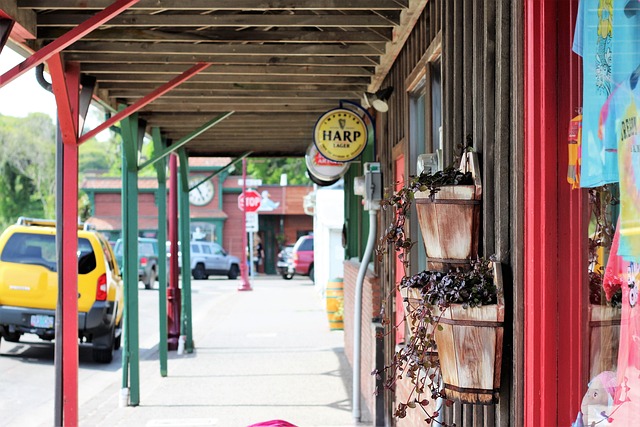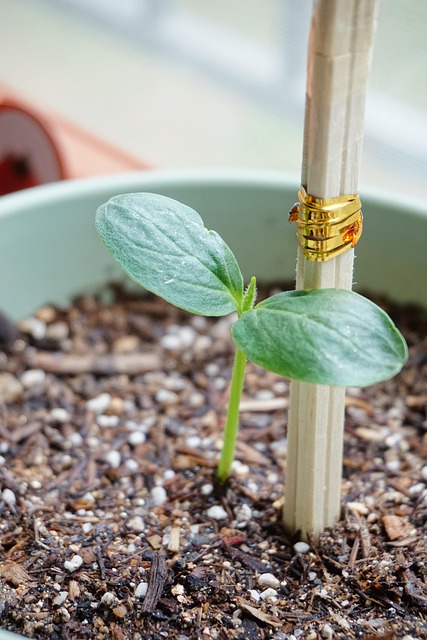Oregon's child welfare system is a collaborative effort between state agencies, non-profits, and community groups, aiming to protect at-risk youth. Key strategies focus on strengthening family resilience, improving resource access, and promoting sustainable solutions through partnerships across the state. Oregon has pioneered advocacy initiatives, including early intervention programs and community-based organizations, leading to significant improvements in child welfare outcomes. Through continuous support and development, these efforts aim to create a robust safety net for all Oregon children.
- Understanding Oregon's Child Welfare System and its Advocacy Needs
- Key Advocacy Initiatives and Programs in Oregon
- Strategies for Effective Child Welfare Advocacy and Support in Oregon Communities
Understanding Oregon's Child Welfare System and its Advocacy Needs

Oregon’s child welfare system is a complex network designed to protect and nurture at-risk children and families. It involves various state agencies, non-profit organizations, and community resources working collaboratively to provide essential services. The primary goal is to ensure the safety, well-being, and stability of Oregon’s youth by addressing underlying issues that may lead to neglect or abuse. Understanding this intricate system is crucial for identifying areas where advocacy can make a significant impact.
The state has made strides in implementing various child welfare advocacy initiatives, but there remains a need for ongoing support and development. Advocacy efforts in Oregon focus on strengthening family resilience, improving access to resources, and promoting sustainable solutions. By fostering partnerships between government bodies, community groups, and dedicated organizations, these strategies aim to create a robust safety net for children and families throughout the state.
Key Advocacy Initiatives and Programs in Oregon

Oregon has been a pioneer in child welfare advocacy, implementing several key initiatives and programs to support at-risk children and families. One notable effort is the creation of community-based organizations that provide direct services and advocate for policy changes. These groups offer comprehensive support, including counseling, education, and job training, aiming to strengthen family bonds and prevent child removal. By fostering a network of support, they empower parents and guardians to take an active role in their children’s well-being.
The state also prioritizes prevention strategies, recognizing that early intervention is crucial. Programs focused on home visiting, where professionals provide in-home services to expectant parents and families with young children, have shown promising results. These initiatives aim to educate parents, enhance their parenting skills, and identify potential risks early on, thereby reducing the likelihood of child welfare involvement. Oregon’s commitment to these advocacy efforts has led to positive outcomes, improving the lives of countless children and families throughout the state.
Strategies for Effective Child Welfare Advocacy and Support in Oregon Communities

Oregon communities have embraced innovative strategies for effective child welfare advocacy and support. These initiatives prioritize early intervention, focusing on preventive measures to ensure children’s well-being before crises arise. By implementing robust reporting systems and enhancing community engagement, Oregon aims to identify risks swiftly and connect families with necessary resources.
Advocacy programs in the state emphasize collaboration between government agencies, non-profits, and local organizations. This network approach ensures a holistic support system, addressing not just immediate needs but also long-term goals for children’s development and success. Through education, awareness campaigns, and direct assistance, these advocacy efforts foster a nurturing environment where every child can thrive.






